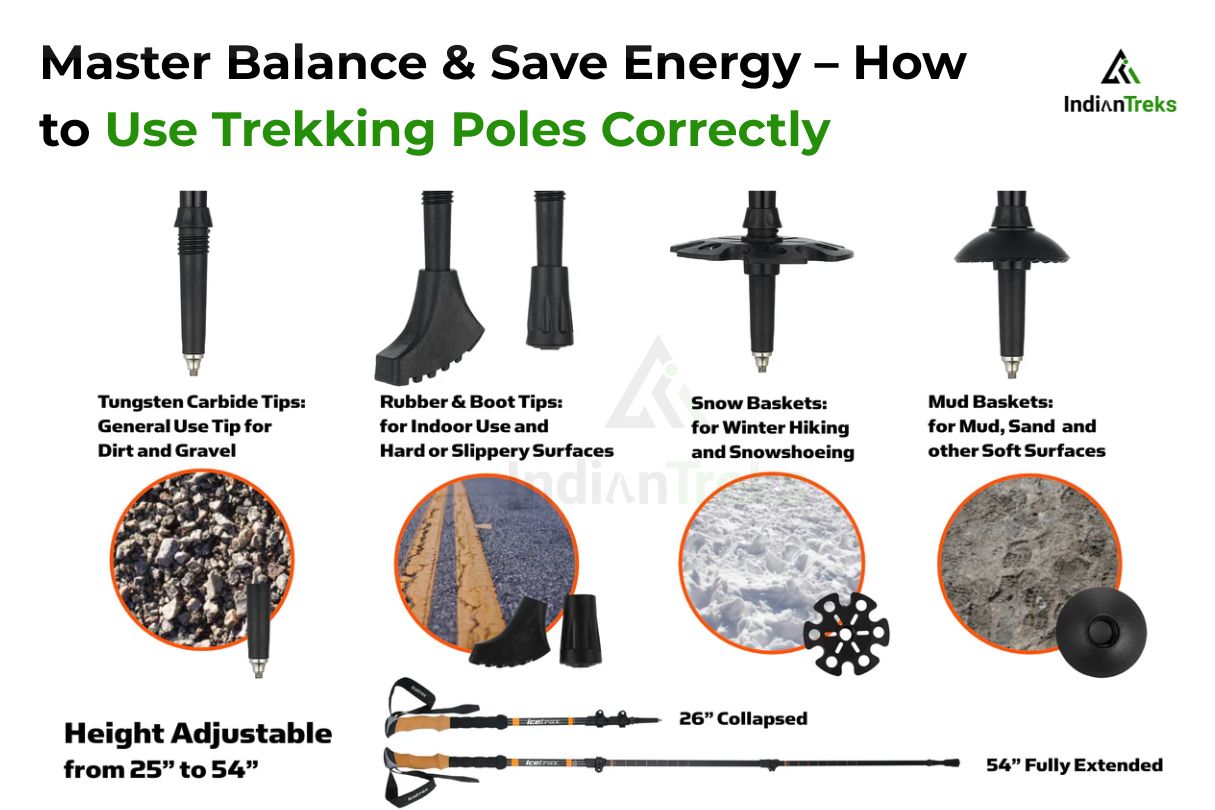Master Balance, Save Energy – Use Trekking Poles the Right Way
Did you know that using a trekking pole correctly can save your knees and conserve energy during a trek? Trekking poles are more than just gear—they provide stability and support on challenging trails. Yet, many trekkers use them incorrectly. Some carry poles only because they appear on a checklist, without understanding how to use them properly.
There are several reasons to use trekking poles. They help you move faster, offer extra support, and reduce stress on your knees and ankles. When used correctly, trekking poles make your trek easier and allow you to maintain a steady pace. However, many trekkers still don’t use them properly. To help, we have put together expert tips that will show you how to use trekking poles efficiently
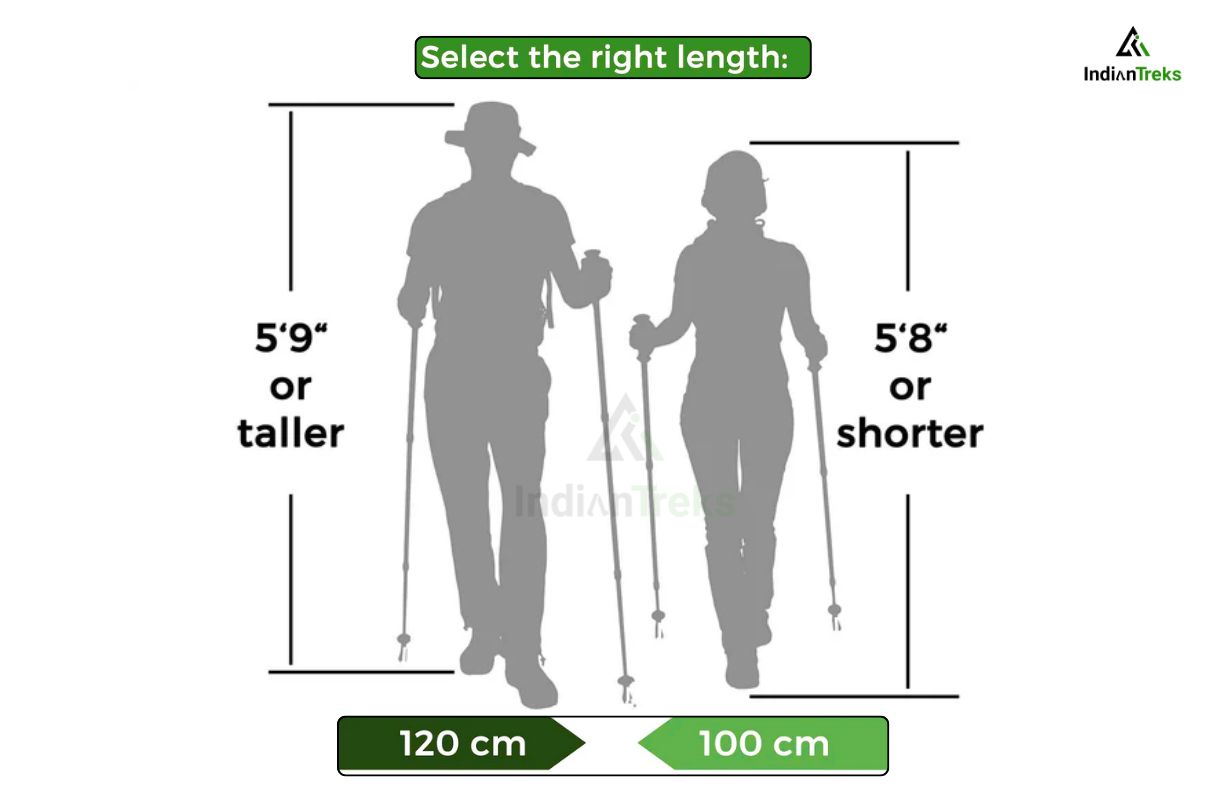
The truth is, trekking poles are more than just walking sticks – they are tools that can enhance your efficiency, improve your pace, and keep your body safe from unnecessary stress. When mastered, they act as an extra set of limbs, distributing effort between your arms and legs.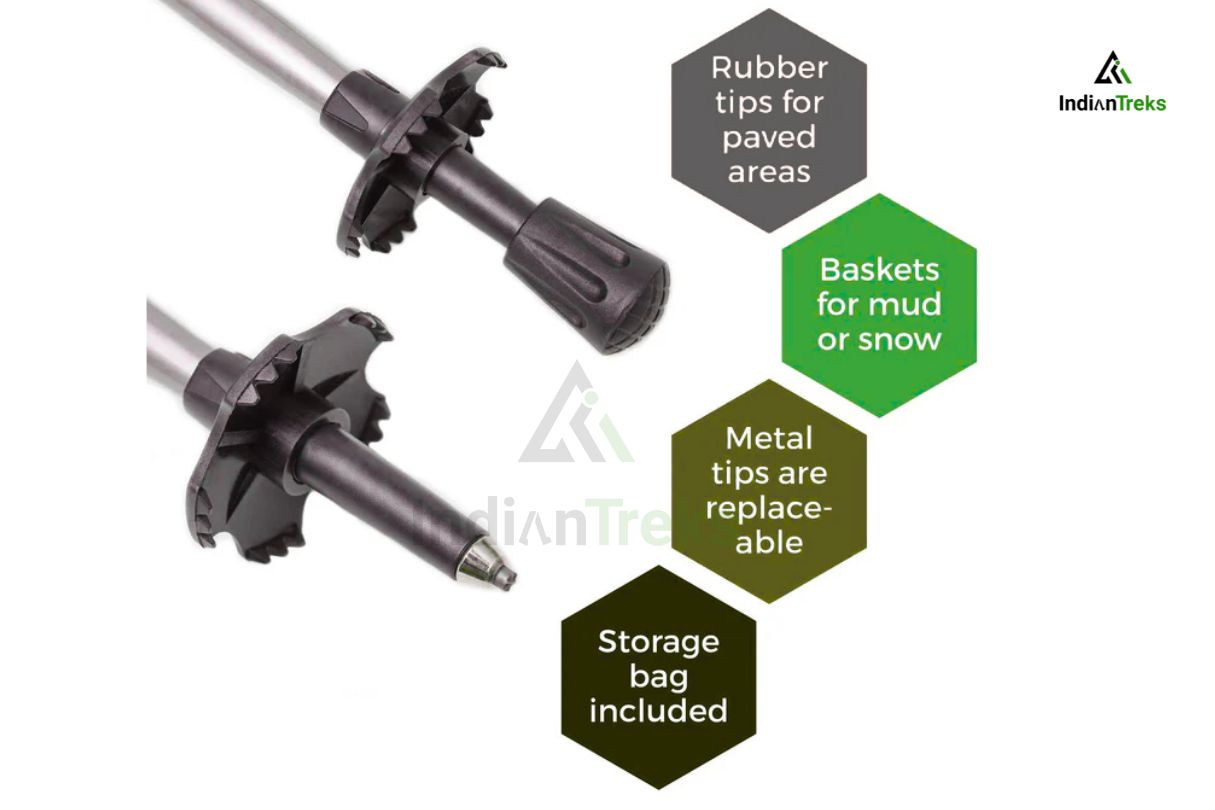 This helps prevent any part of your body from overworking, which is especially valuable on steep climbs, tricky descents, or long multi-day treks
This helps prevent any part of your body from overworking, which is especially valuable on steep climbs, tricky descents, or long multi-day treks 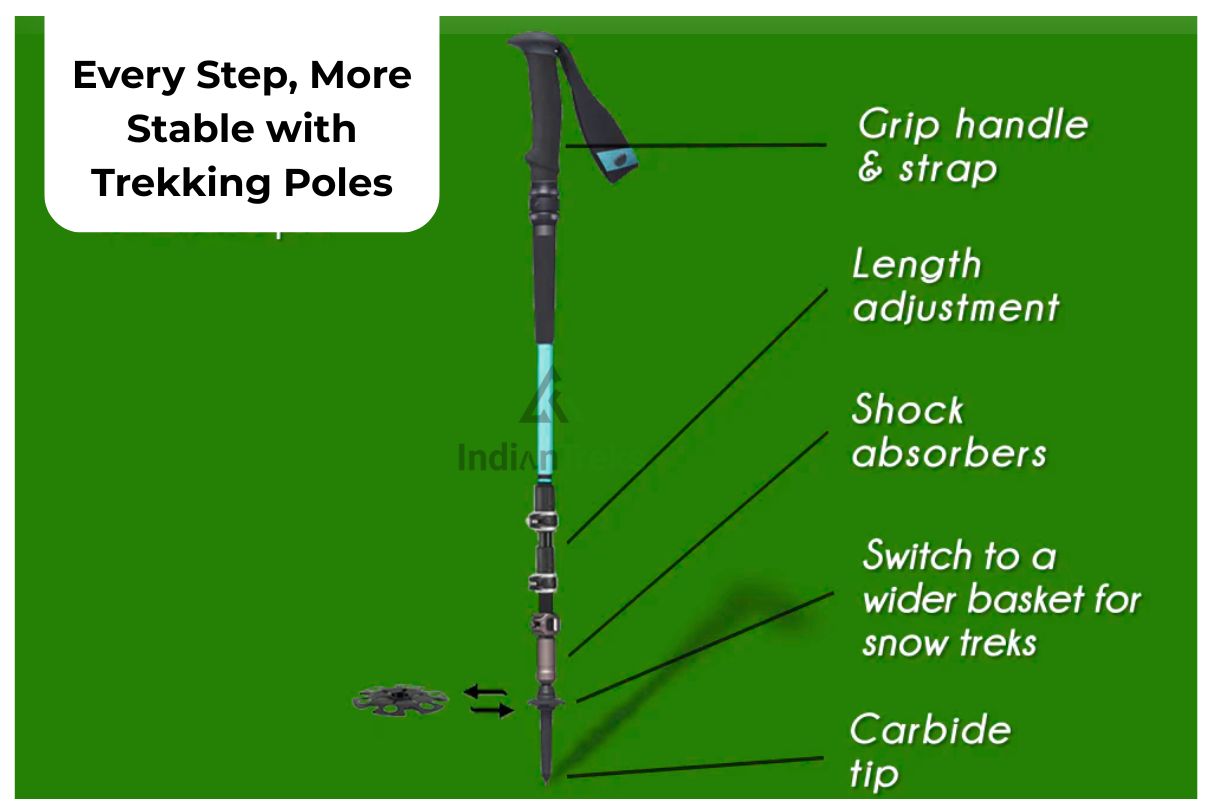
Why Use Trekking Poles?
There are plenty of good reasons why trekking poles have become an essential part of a trekker’s gear. They are not just for beginners or difficult trails—experienced trekkers and mountaineers rely on them too because of the comfort and efficiency they provide.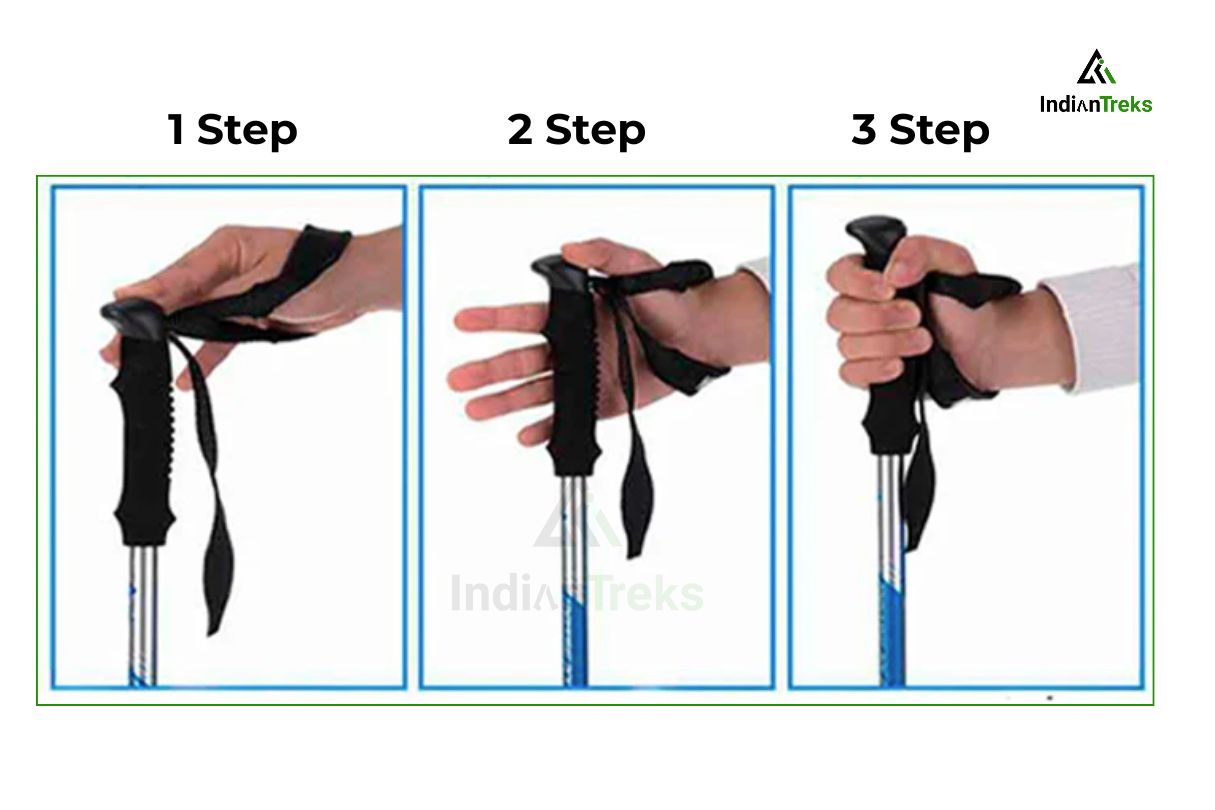
1. Protects Your Knees & Ankles
One of the biggest advantages of trekking poles is the reduced impact on your joints, especially when going downhill. Every step on a descent puts pressure on your knees and ankles, and over time this can lead to pain or even injury. Trekking poles absorb some of that shock, keeping your joints safe.
2. Improves Balance & Stability
On uneven terrain, loose rocks, or slippery paths, a trekking pole acts like a third point of contact. This extra stability gives you more confidence to cross streams, walk on snow, or tackle rocky trails without worrying about losing balance.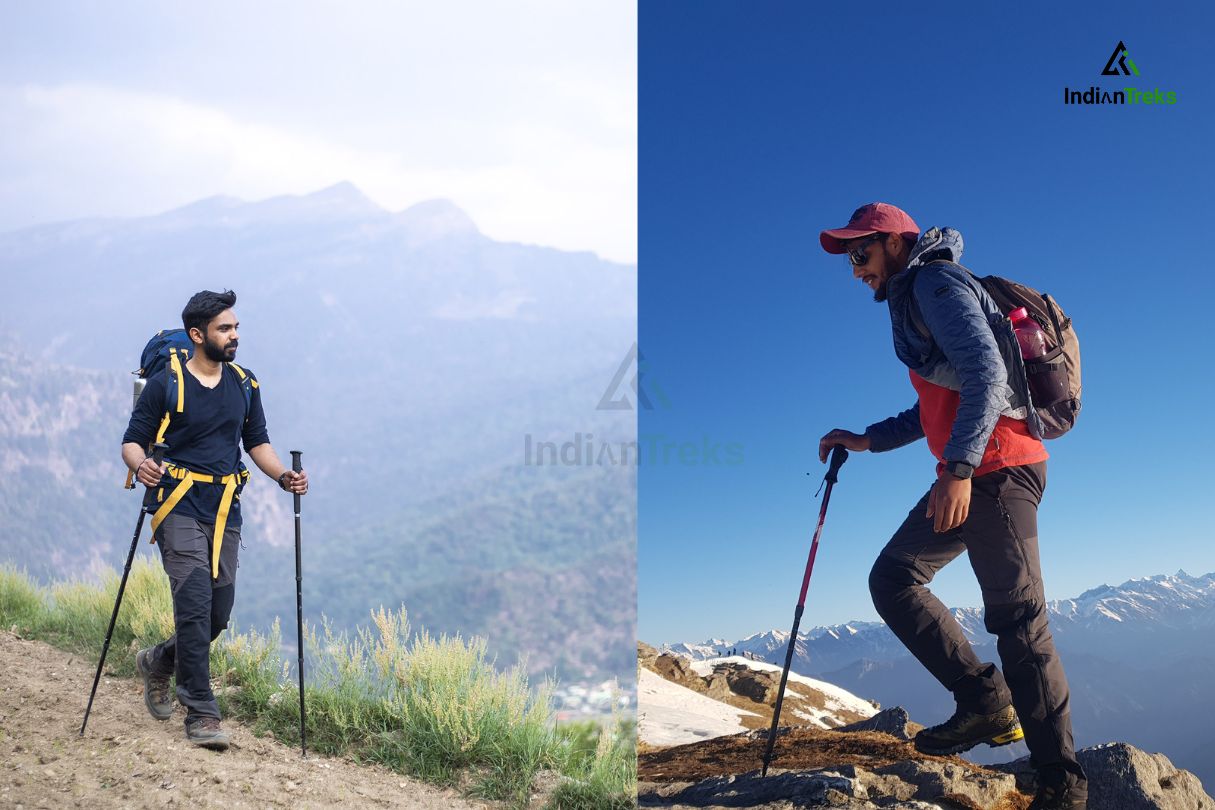
3. Saves Energy
Trekking poles allow you to share the workload between your legs and arms. Instead of your legs doing all the hard work, your arms take some of the strain, which means you tire less quickly. This is especially helpful on steep climbs or long trekking days.
4. Increases Speed & Endurance
By improving your rhythm and balance, trekking poles help you maintain a steady pace for longer durations. Over multi-day treks, this efficiency means you can cover more ground with less effort and still feel strong at the end of the day.
Common Mistakes Trekkers Make
Even though trekking poles are simple to use, many trekkers don’t take full advantage of them. Misuse not only reduces their effectiveness but can also make trekking more tiring. Here are some of the most common mistakes:
1. Holding the Poles Incorrectly
Many trekkers grip the handles too tightly or don’t use the wrist straps properly. As a result, it can strain your hands and arms instead of giving you the support you need. The correct way is to let the straps carry some of your weight while keeping a relaxed grip on the handle.
2. Using the Wrong Pole Length
A pole that is too long or too short can throw off your balance. For example, if the poles are too long, they push your shoulders upward; too short, and you end up bending forward unnecessarily. Ideally, your elbow should form a 90-degree angle when the pole touches the ground.
3. Carrying Poles Without Using Them
Some trekkers simply carry poles attached to their backpacks throughout the trek. While this might look convenient, it defeats the purpose of having them. Trekking poles are meant to be used on ascents, descents, and uneven terrain to reduce strain and improve efficiency.
Expert Tips to Use Trekking Poles Efficiently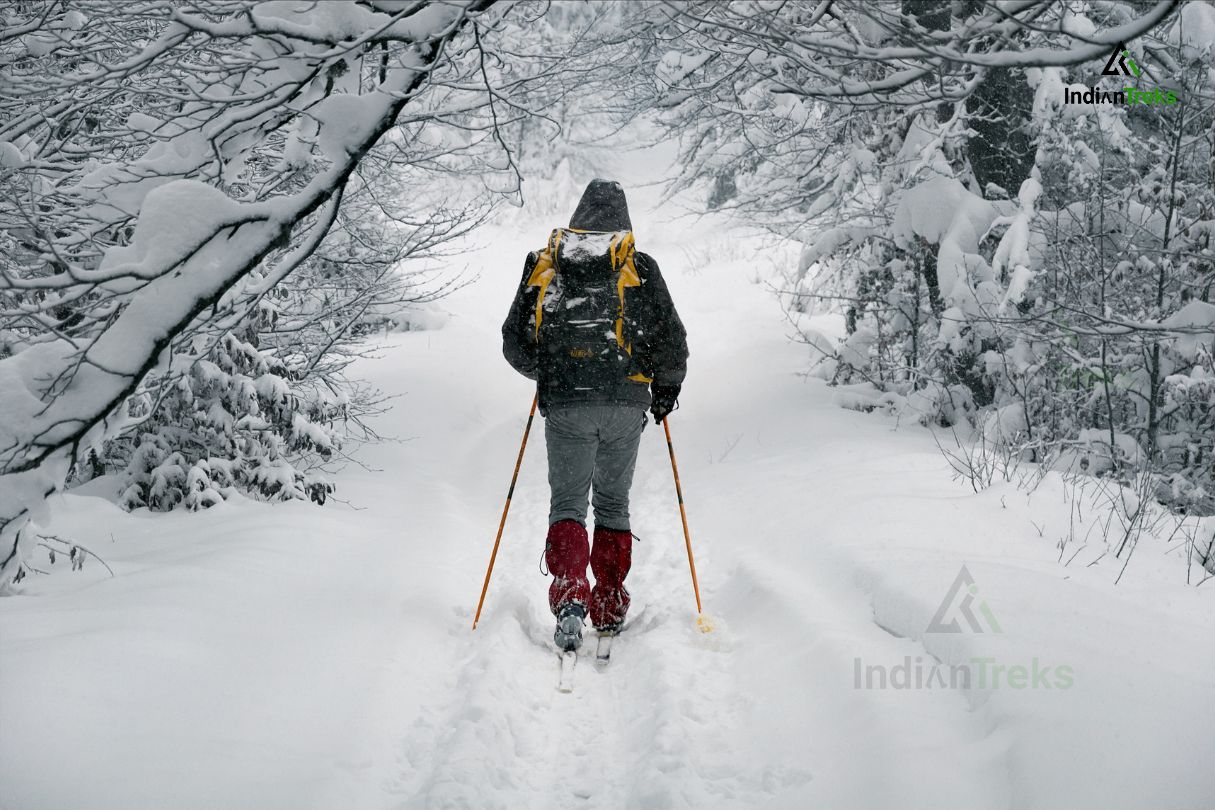
Adjust Pole Height Correctly – Your elbows should be at a 90-degree angle when the poles touch the ground.
Use the Wrist Straps – Don’t grip the handle too tightly; let the straps support your weight.
Plant Poles with Every Step – Sync your pole movement with your natural walking rhythm.
Shorten the poles for uphill sections. Lengthen them for downhill stretches. Adjusting pole length according to the terrain improves stability and reduces knee strain
Keep Movements Natural – Avoid overreaching; poles should move like extensions of your arms
Conclusion
Master balance and save energy by using trekking poles the right way. Correct use protects your knees, improves stability, and makes every step easier. Whether trekking Har Ki Dun, Kedarkantha, or the Valley of Flowers, efficient use of poles keeps you moving confidently, reduces fatigue, and makes your Himalayan adventure safer and more enjoyable.
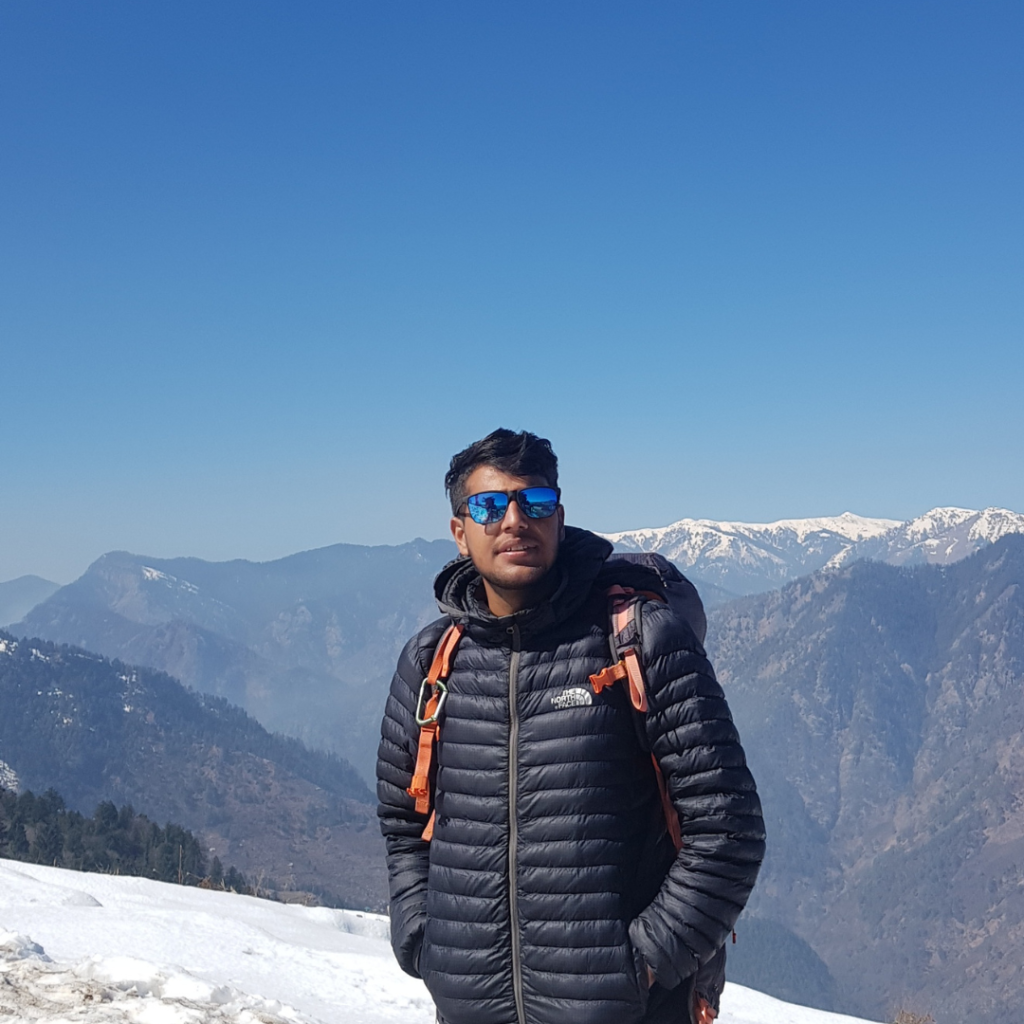
About Author – Vivek Rana
With nearly 10 years of experience in high-altitude guiding, the founder of this trekking organization is more than just a trek leader—they are a pioneer of adventure in the Himalayas. Having conquered multiple 6000-7000 meter peaks, they have led over 150 treks across the most breathtaking and challenging terrains, including Har Ki Dun, Kedarkantha, Borasu Pass, Bali Pass, Buran Ghati, Rupin Pass, Pin Bhabha, and the mighty Black Peak.
Their deep-rooted connection with the mountains isn’t just about reaching summits—it’s about creating life-changing experiences for those who dare to explore. Every expedition they lead is an invitation to step beyond limits, embrace the wilderness, and feel the raw power of the Himalayas like never before.
This is not just trekking; this is a journey into the heart of the mountains—with a guide who knows them like a lifelong friend.

